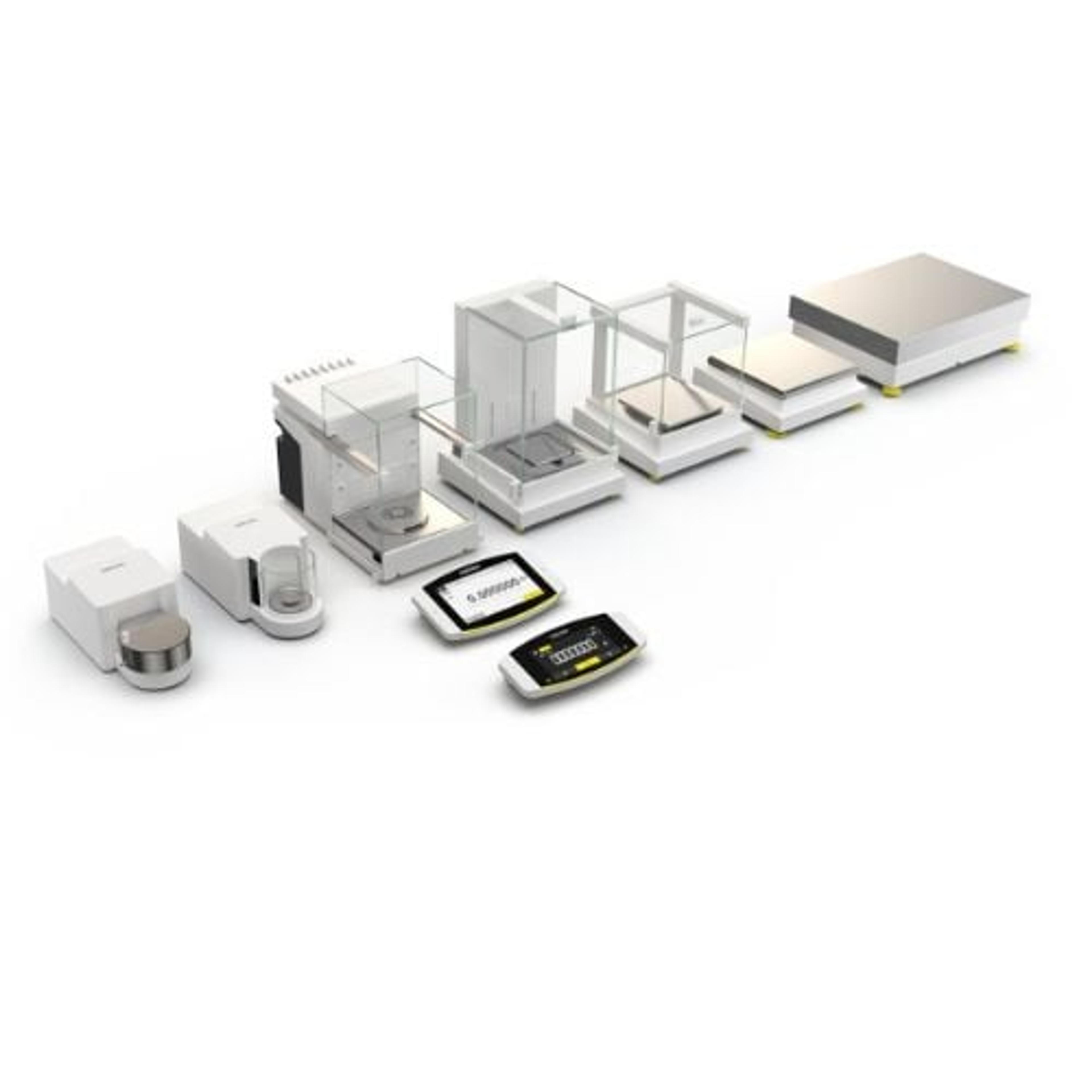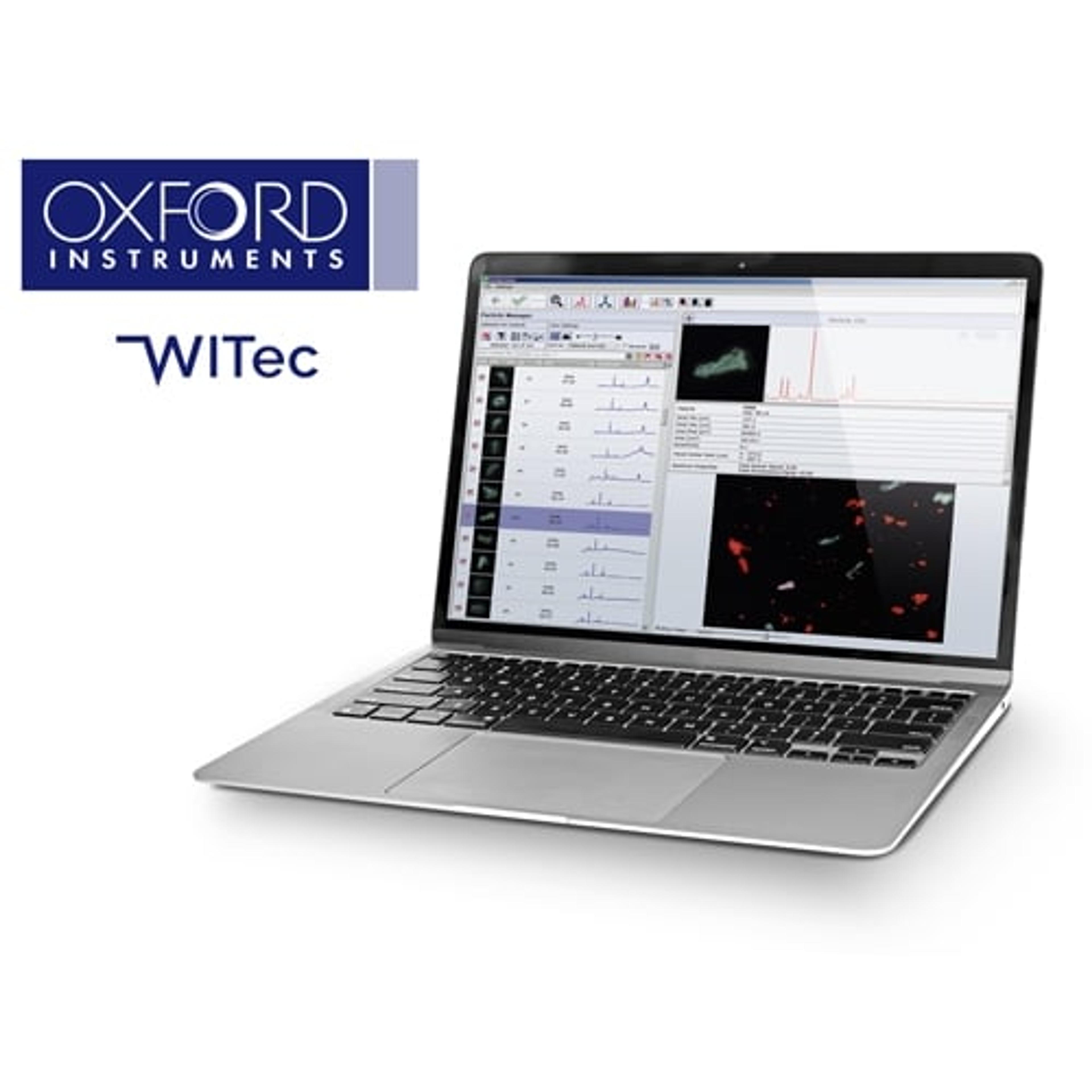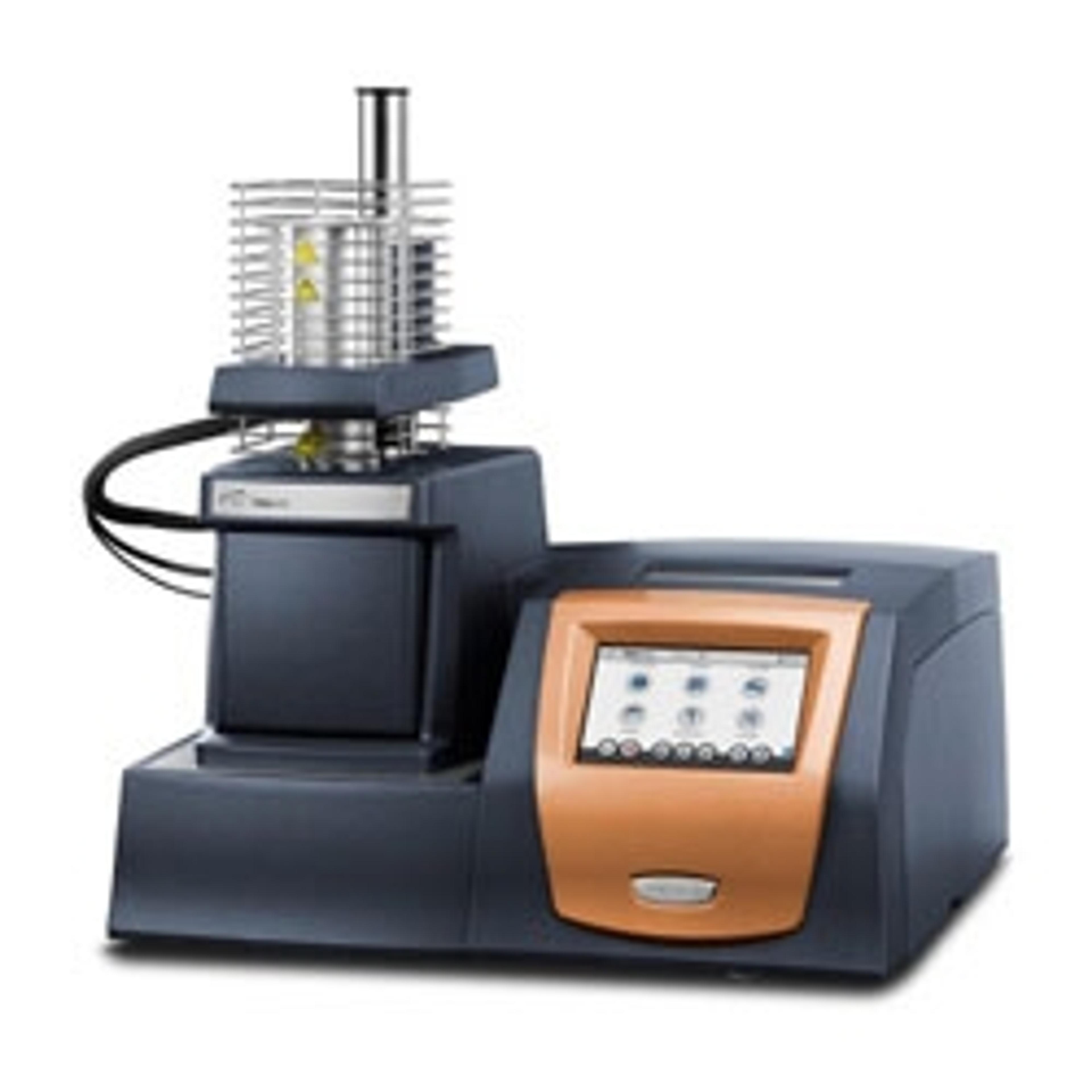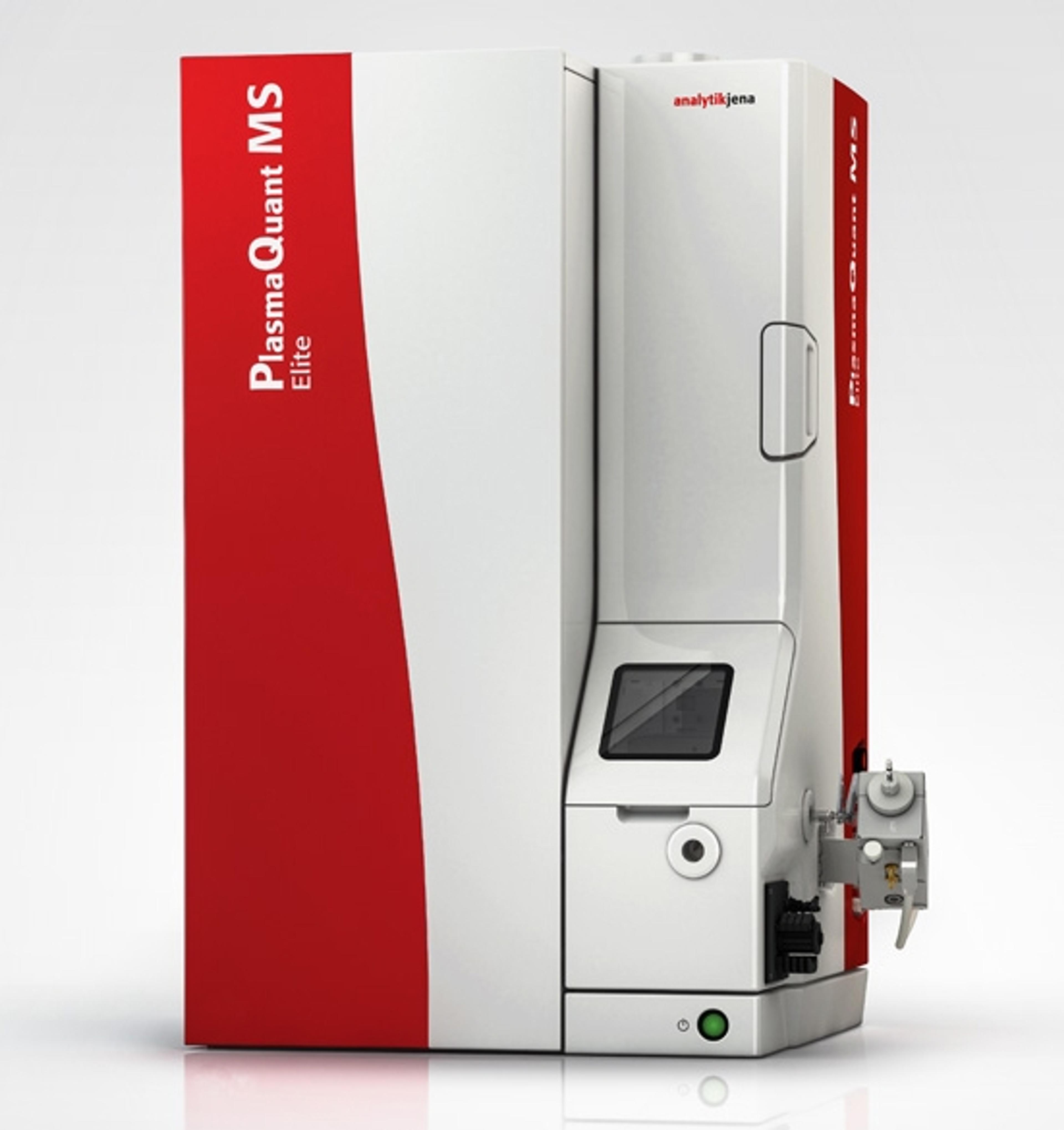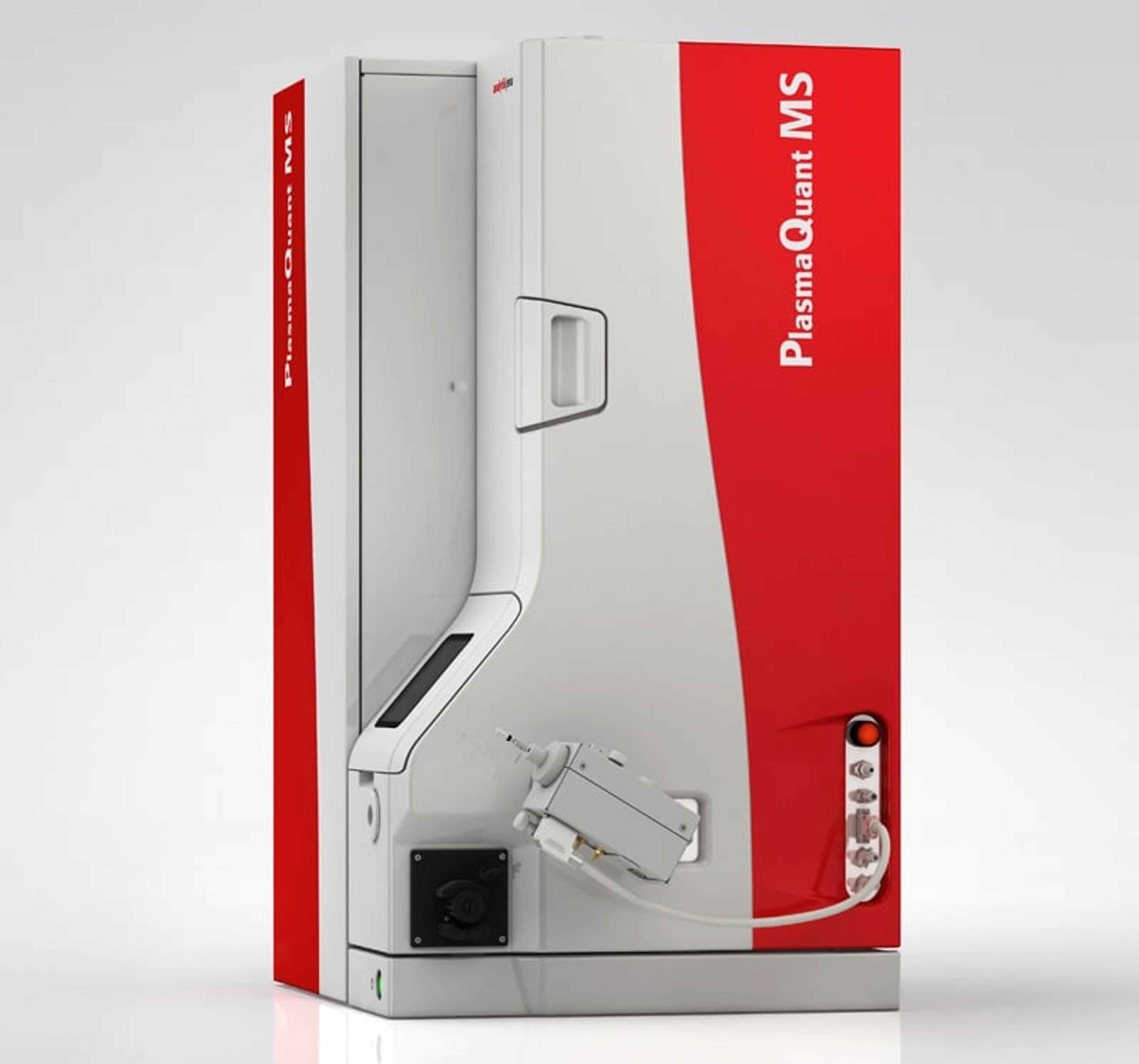11 New Lab Technologies that Stole the Spotlight at Pittcon 2019
SelectScience editors report on the new technology taking the limelight at the 2019 Pittcon conference & expo - the conference’s 70th year running
27 Mar 2019
Thousands of chemists and laboratory professionals attended the 2019 Pittcon Conference and Exhibition in Philadelphia, USA, which marked its 70th event in history. A jam-packed technical program saw leading scientists – including Nobel Prize winner Sir Fraser Stoddart – deliver inspirational presentations, as well as never-seen-before technology make its global debut on the exhibition floor. SelectScience editors attended the show to report on the latest and greatest in food safety, pharma, and bioanalytical research – here are our thoughts on the most exciting innovations, straight from the show floor.

1. Cubis II by Sartorius
With R&D workflows facing reproducibility roadblocks and inefficient sample prep, the recently launched Cubis® II balance portfolio offers customizable and compliant assay set-up that streamlines pharma workflows. You can download this technical manual to find out more about its staggering 45 weighing modules, five software packages and 60 apps — all embedded into one benchtop platform!
2. BioAccord LC-MS System by Waters
Could this be the most intelligent LC-MS platform ever? With what’s called SmartMS technology in the ACQUITY RDa™ Detector, Waters has launched the BioAccord LC-MS platform for automated identification and resolution of issues during high-performance LC-MS analysis. The system can detect errors or faults and provide troubleshooting guidance to the user. In drug discovery workflows, where time is of the essence, this new feature enables maximum uptime.
3. TMA 450 by TA Instruments
The star of the show for TA Instruments was its brand-new thermomechanical analyzer: the TMA 450. Bringing multiple testing capabilities onto one platform, including dimensional changes, expansion, compression, tension, shrinkage and softening, this technology addresses the growing demand for unique and higher performing materials.
4. SKYSCAN 1273 and Biospec MRI by Bruker
Highlighting a full collection of exciting new products, Bruker certainly demonstrated its diverse expertise across multiple scientific disciplines. The standout new products for SelectScience editors were its imaging innovations: the 3D X-ray microscope SKYSCAN 1273 — bringing high-resolution imaging to the benchtop – and the BioSpec 18 Tesla (T) ultra-high field MRI system. Given that the highest strength existing MRI systems operate with 7T magnets, this technology could push the boundaries of medicine, offering access to an extraordinary level of physiological detail.
5. Dioxin Analyzer Workflow by Thermo Fisher Scientific
Striving to stay up-to-date with changing regulatory requirements in the food and beverage industry, Thermo Fisher has developed a workflow to enable detection of dioxins and polychlorinated biphenyls at even lower levels. Dioxins are stable molecules that contaminate food as a result of toxic industrial processes, including the burning of plastics. They are resistant to breakdown, accumulate in the food chain, and may possess carcinogenic properties. The complete workflow incorporates the Triple Quad TSQ 9000 GC-MS/MS, with uniquely designed hardware and software that guides scientists from sample through to result.

6. Focus LCTM by Axcend
Hosting live demonstrations of its breakthrough technology, Axcend certainly caused a stir on the show floor. The new Focus LC system satisfies the need for portability and connectivity within scientific research, whilst also minimizing sample requirements and experimental waste.
7. ParticleScout by WiTec
Particle analysis underpins multiple scientific disciplines, including pharma, biomedical, environmental, and food science research. WiTec has added to its comprehensive Raman microscopy offering with ParticleScout, a dedicated tool for rapid, label-free characterization of particles in diverse mediums. It embraces a number of innovative optical processing techniques, including what’s called ‘image stitching’ and ‘focus stacking’.
8. ICP-MS by Analytik Jena
Analytik Jena this year sought to address the common bottlenecks of any modern-day laboratory – throughput and reliability. Its two new ICP-MS models, PlasmaQuant MS Q and Elite S, were designed with these features at their core, fostering streamlined workflows and ultra-trace level detection.
9. FlexSEM 1000 II by Hitachi
Debuting at Pittcon for Hitachi this year was the new FlexSEM scanning electron microscope. With a focus on reducing laboratory footprint, this platform has the same capabilities as a full-sized SEM – including variable pressure environments – but on a more economical and lab-friendly platform.
10. Katalyst D2D by ACD/Labs
Celebrating 25 years in the business, ACD/Labs had something special to offer in the field of informatics. Three years in the making, the Katalyst D2D was introduced to scientists on the show floor. Its new software solution promises to promote high-throughput experimentation by minimizing manual data transcription and interpretation tasks.
11. Flagship Z by SciAps
The flagship Z brought hundreds of intrigued scientists to SciAps’ booth. Capable of detecting every element in the periodic table, and instantly analyzing chemicals and minerals in samples, on the go, the Z is the only portable analyzer of its kind.

